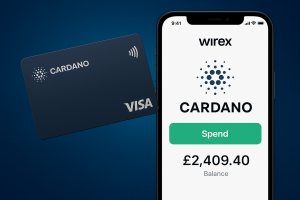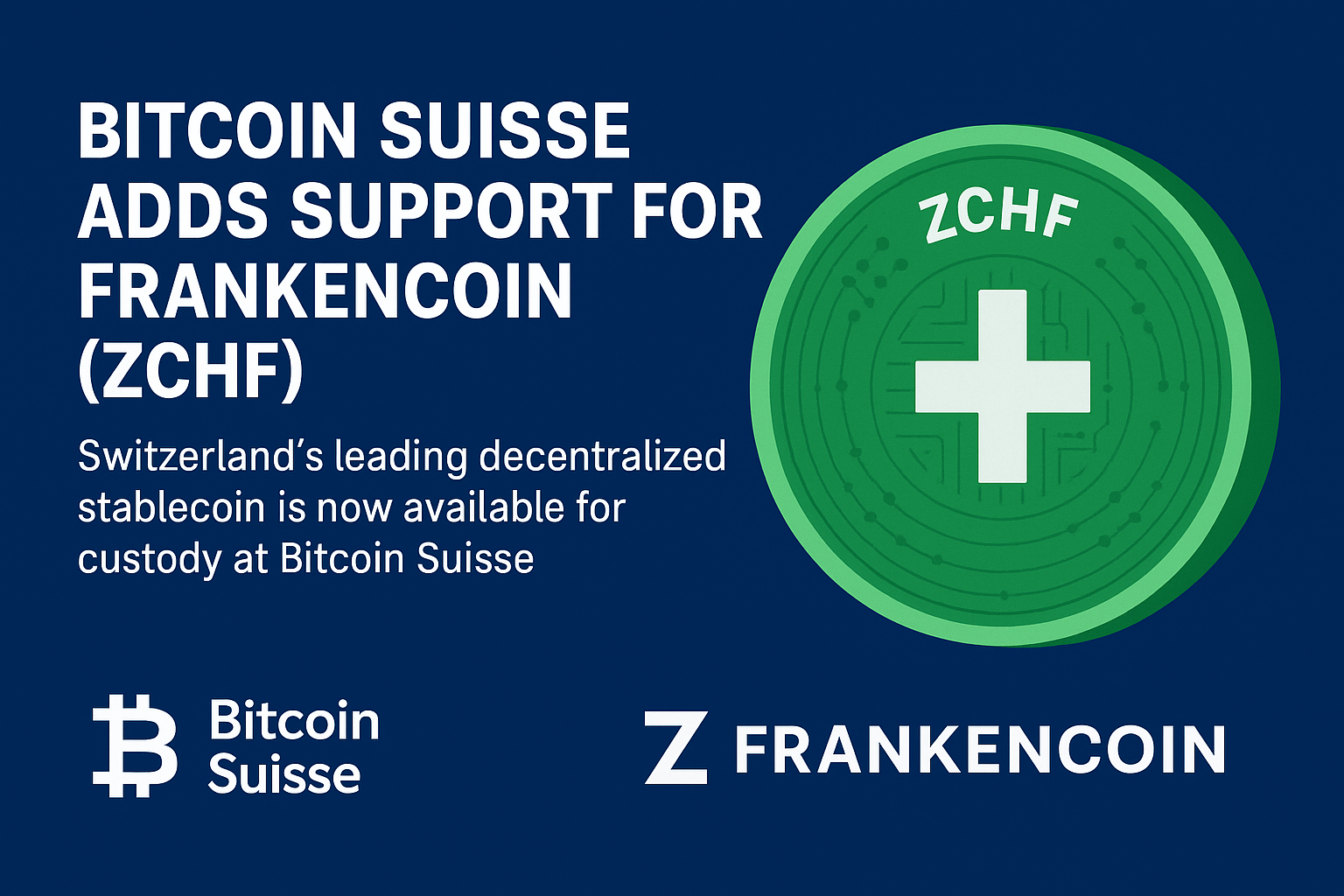By Lubwama S.
BERLIN, November 11, 2025 —
At the Cardano Summit 2025, EMURGO announced a partnership with Wirex, a UK-based digital payments platform, to launch the Cardano Card — a crypto debit card integrated directly into the Wirex app. The move could represent Cardano’s largest exposure in real-world digital payments to date.
Wirex’s six million users across 130 countries will now be able to spend ADA and over 685 cryptocurrencies anywhere Visa is accepted, offering a tangible use case that connects Cardano’s blockchain ecosystem with the global payment rails of traditional finance.

The new partnership between EMURGO and Wirex marks Cardano’s biggest leap into digital payments, connecting blockchain finance with mainstream banking.
Cardano’s Push Toward Utility
Cardano has long positioned itself as a blockchain built for long-term utility rather than speculation. However, the project has often faced criticism for lagging in real-world adoption.
The Cardano Card could change that narrative.
By integrating natively within the Wirex app — which supports yield, loans, and structured crypto trading — Cardano is effectively embedding ADA within mainstream fintech infrastructure, something few other L1 projects have achieved at this scale.
Phillip Pon, CEO of EMURGO Group, described the collaboration as “a bridge between traditional and decentralized finance,” emphasizing that it makes onchain finance “mobile-ready and fintech-friendly.”
Strategic Timing and Market Context
The launch comes at a pivotal time for the crypto payments industry.
According to industry data, over 820 million active crypto wallets exist globally, with around 31 million used for daily transactions — a sign of growing interest in crypto-as-cash rather than speculative holding.
Wirex, which has already processed more than $20 billion in transactions, is well-positioned to convert that latent demand into active usage. Its licenses as a Visa and Mastercard principal member add credibility in a sector often challenged by regulatory uncertainty.
For Cardano, the partnership is also a visibility boost in an increasingly competitive market dominated by Ethereum, Solana, and Avalanche in the payments and DeFi segments.
It signals a strategic pivot: from building infrastructure to deploying consumer-facing products that can attract new users and liquidity.
Phase Two: A Non-Custodial Future
While the first version of the Cardano Card operates within the custodial Wirex framework, EMURGO confirmed that phase two, slated for 2026, will introduce a non-custodial version.
If successfully implemented, this would represent a major leap in user sovereignty — allowing cardholders to access loans, yields, and other DeFi services without relinquishing private key control.
Such an approach could set a new benchmark in crypto-native payment infrastructure, blending the convenience of fintech with the principles of decentralization.
More Than a Payment Card
Beyond spending, the Cardano Card includes incentives to support ecosystem sustainability. A portion of card profits will reportedly be directed to the Cardano Treasury, creating a revenue feedback loop for ecosystem development — an idea not commonly seen among crypto card programs.
Users will also enjoy typical Wirex perks such as:
-
Up to 8% crypto cashback on purchases,
-
Low FX fees and ATM access for travelers,
-
Access to DeFi utilities such as loans and yield generation through ADA.
Broader Implications
This partnership hints at a broader evolution in how Layer 1 projects are monetizing adoption. Rather than competing purely on network performance or developer activity, Cardano is leaning into consumer-facing finance — where usability, compliance, and branding matter as much as protocol design.
By anchoring its ecosystem to Wirex’s global payments network, Cardano effectively positions ADA as a functional currency, not just a token of speculation.
If adoption follows, the Cardano Card could help shift perceptions of ADA from being a “staking asset” to being a spendable digital currency.
Looking Ahead
Registration for the Cardano Card is open via cardanocard.io, with early distribution planned around the Cardano Summit in Berlin (Nov 12–13).
Availability will vary by region and remain subject to Wirex’s compliance requirements.
The initiative will be closely watched — not only as a milestone for Cardano but as a case study in how blockchain ecosystems can integrate into global financial rails without compromising decentralization.
Cardano’s partnership with Wirex marks a pragmatic shift — from protocol-building to practical, user-centric finance. If adoption scales, it could redefine how mainstream consumers interact with ADA and Web3 payments.




